How hard is it to find good espresso coffee in Tokyo, Kyoto, Nara, and Kobe?
Finding good espresso in Tokyo, Kyoto, Nara, and Kobe is easy, but quality varies by city. Explore top coffee shops and learn about Japan’s unique café culture.

Finding good espresso coffee in Tokyo, Kyoto, Nara, and Kobe is relatively easy, but the availability and quality vary by city.
Tokyo – ★★★★★ (Very Easy)
Tokyo has an amazing third-wave coffee scene, with many specialty coffee shops offering high-quality espresso. Areas like Shibuya, Shinjuku, Ginza, Daikanyama, Kiyosumi-Shirakawa, and Omotesando are hotspots for specialty coffee.
- Koffee Mameya (Omotesando) – High-end beans and expert brewing.
- Fuglen Tokyo (Shibuya) – Norwegian-style coffee with a strong espresso game.
- Onibus Coffee (Nakameguro) – Minimalist but top-tier espresso.
- Glitch Coffee (Jimbocho) – Focuses on light-roasted espresso.
- Blue Bottle Coffee (multiple locations) – Good, but a bit commercialized.
You’ll find great espresso even in some convenience stores (Lawson's Machi Café is surprisingly decent).
Kyoto – ★★★★☆ (Easy)
Kyoto has fewer coffee shops than Tokyo, but the quality is outstanding. Many cafés focus on craftsmanship and high-quality beans. Some of the best spots:
- Weekenders Coffee (Kawaramachi) – Small but highly regarded.
- Vermillion (Fushimi Inari) – A great spot after visiting Fushimi Inari Shrine.
- Kurasu Kyoto (near Kyoto Station) – Specializes in espresso-based drinks.
- Arabica Kyoto (Higashiyama, Arashiyama) – Iconic espresso bar with a beautiful view.
Kyoto has more slow café culture, so espresso-focused shops are fewer, but the quality is exceptional.
Nara – ★★★☆☆ (Moderate)
Nara has a small but solid coffee scene. While there aren’t as many specialty coffee shops as Tokyo or Kyoto, you can still find a few excellent espresso spots:
- ROKUMEI COFFEE CO. – Probably the best espresso in Nara.
- Mountain Coffee – A well-respected roastery with good espresso.
- Mellow Café – Good for espresso-based drinks near Nara Park.
Your best bet is to check independent roasters or hotel cafés.
Kobe – ★★★★☆ (Easy)
Kobe has a strong European influence, so espresso is easier to find than in Nara. Some great spots:
- Nagi Coffee – Cozy and known for good espresso.
- TRUNK COFFEE STAND – A solid third-wave option.
- Motomachi Coffee – Located near the European-style Motomachi area.
- Blue Bottle Coffee Kobe – If you’re familiar with the brand, this is a safe bet.
Kobe has a good balance between specialty coffee and traditional European-style cafés.
Overall Difficulty Ranking:
- Tokyo (★★★★★) – Very easy, world-class espresso available.
- Kyoto (★★★★☆) – Fewer options than Tokyo, but excellent quality.
- Kobe (★★★★☆) – European influence means good espresso is widely available.
- Nara (★★★☆☆) – Decent, but fewer specialty options.
If you’re after high-quality espresso, focus on Tokyo and Kyoto, but even in Nara and Kobe, you can find great coffee if you know where to look.
A Local’s Real Perspective
In Japan, there are two types of cafés: kissaten and cafés. Japanese people love coffee, so you can find plenty of both.
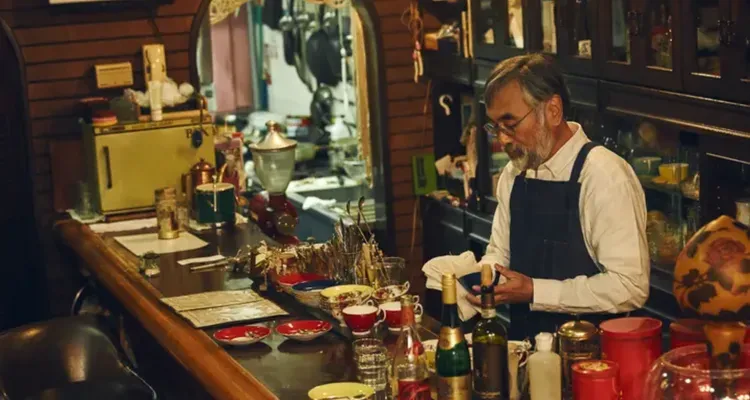
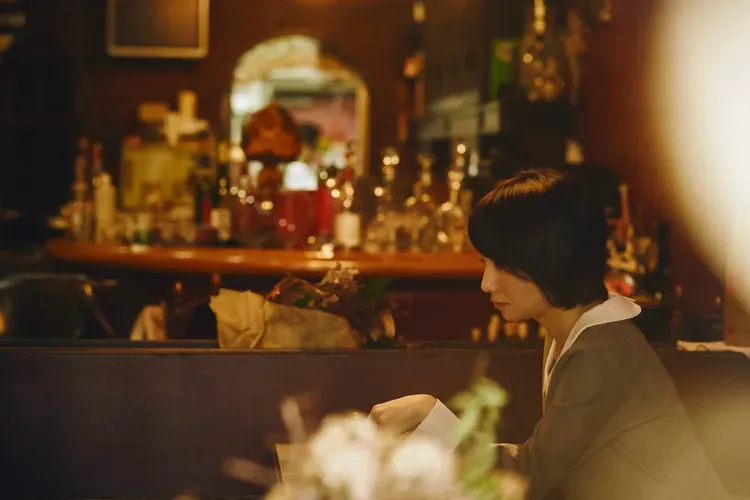
Kissaten became widespread about 40 years ago as places where people could smoke while enjoying coffee. Recently, younger generations have started frequenting them for their nostalgic, photogenic atmosphere. However, be aware that some kissaten still allow smoking.
On the other hand, cafés are generally non-smoking.
Looking at various comments online, it seems that Australian visitors, in particular, don’t have the best impression of Japanese coffee and espresso.
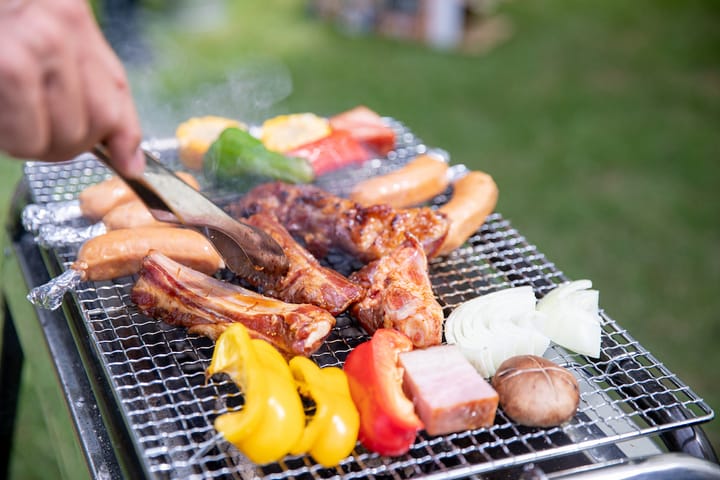
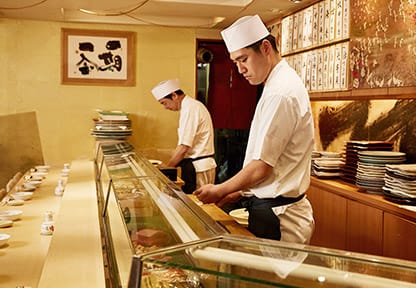
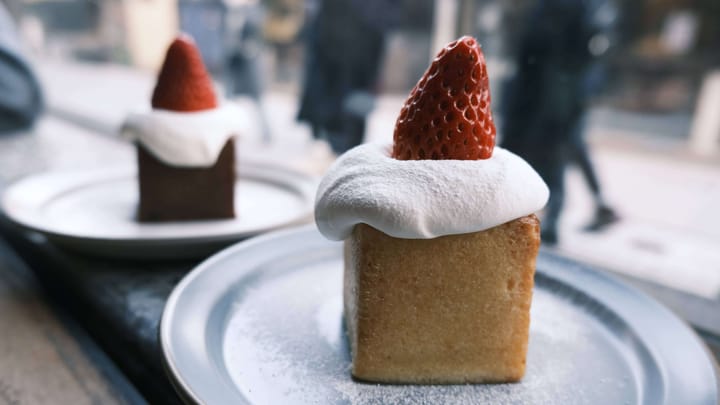
Comments ()